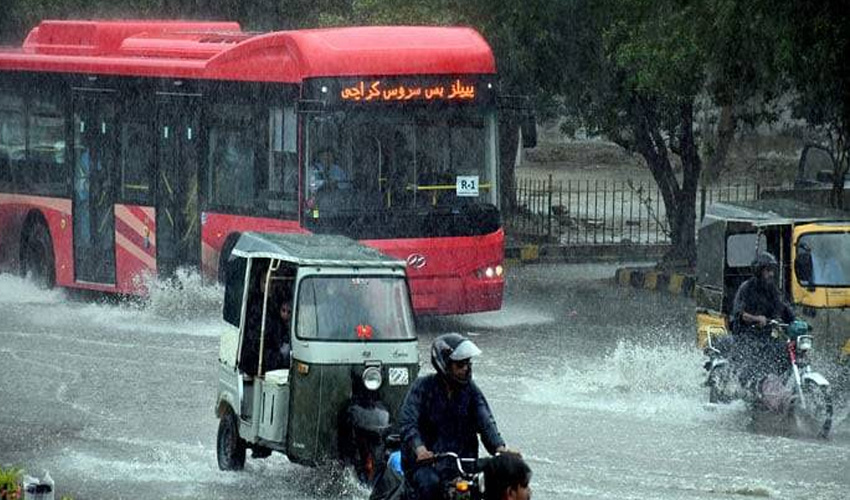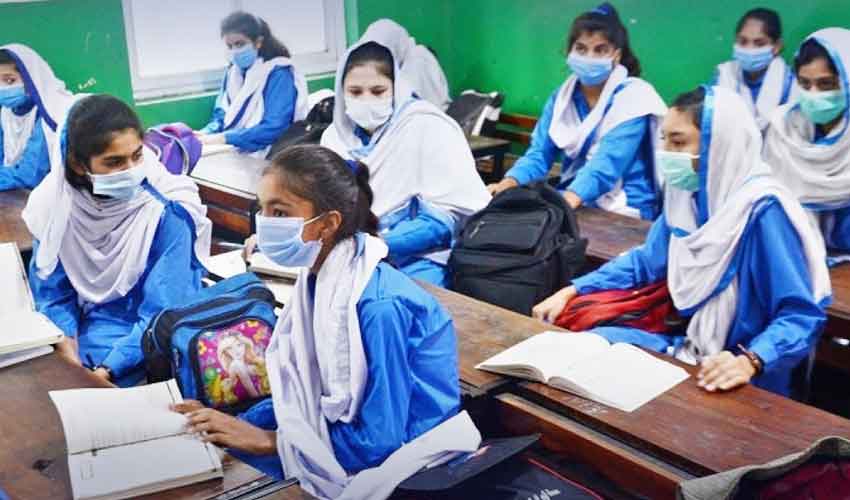The Pakistan Meteorological Department (PMD) has predicted more monsoon rains across various parts of the country, including Karachi, starting from Friday (tomorrow) and continuing until Monday, August 12.
The forecast suggested that strong winds will likely enter the Arabian Sea and the Bay of Bengal, intensifying the weather conditions.
The PMD had previously forecast one or two spells of heavy rainfall in Karachi from August 4 to 7. During this period, the city experienced light to moderate showers, which provided some relief from the intense heat. However, the new forecast indicates that more significant rainfall is expected in the coming days.
Rain forecast for Sindh
Rain-wind and thundershowers are expected in various parts of Sindh, including Mithi, Sanghar, Mitayari, Nausheroferoze, Jamshoro, Umarkot, Tharparkar, Mirpur Khas, Khairpur, Thatta, Badin, Chhor, Padidan, Sajawal, Karachi, Hyderabad, Tando Allayar, Tando Muhammad Khan, Shaheed Benazirabad, Sukkur, Larkana, Jacobabad, and Dadu. These areas may experience intermittent rainfall from August 9 to 11.
Punjab and other regions
The weather department has also predicted rain-wind and thundershowers with scattered heavy falls in several parts of Punjab, including Islamabad, Rawalpindi, Murree, Galliyat, Attock, Chakwal, Tala Gang, Jhelum, Mandi Bahauddin, Gujrat, Gujranwala, Hafizabad, Wazirabad, Sahiwal, Jhang, Toba Tek Singh, Nankana Sahib, Chiniot, Faisalabad, Lahore, Sheikhupura, Sialkot, Narowal, Okara, Pakpattan, Kasur, Khushab, and Sargodha from August 9 to 12.
In southern Punjab, areas such as Bahawalpur, Bahawalnagar, Khanpur, Dera Ghazi Khan, Multan, Bhakkar, Mianwali, Khanewal, Lodhran, Muzaffargarh, Kot Addu, Rajanpur, Rahimyar Khan, and Layyah are expected to receive rain-wind and thundershowers with isolated heavy falls on the evenings and nights of August 10 and 11.
Khyber Pakhtunkhwa, Balochistan, and Gilgit-Baltistan
The Met Office has extended its forecast to include parts of Khyber Pakhtunkhwa, Balochistan, Kashmir, and Gilgit-Baltistan, where rain and thundershowers are expected over the next few days.
Climate change impact
This year's monsoon season has been wetter than usual, with Pakistan experiencing intense weather patterns attributed to climate change. The country, home to 240 million people, is considered one of the most vulnerable to extreme weather events. The PMD had earlier warned of an above-average monsoon season, which is now materializing with these frequent rain spells.
In the past three days alone, 24 people have lost their lives due to rainfall-related incidents in Khyber Pakhtunkhwa, according to the Provincial Disaster Management Authority (PDMA).
Earlier this year, Pakistan faced a series of heatwaves, followed by the wettest April since 1961, marking a year of extreme and unpredictable weather conditions.



























